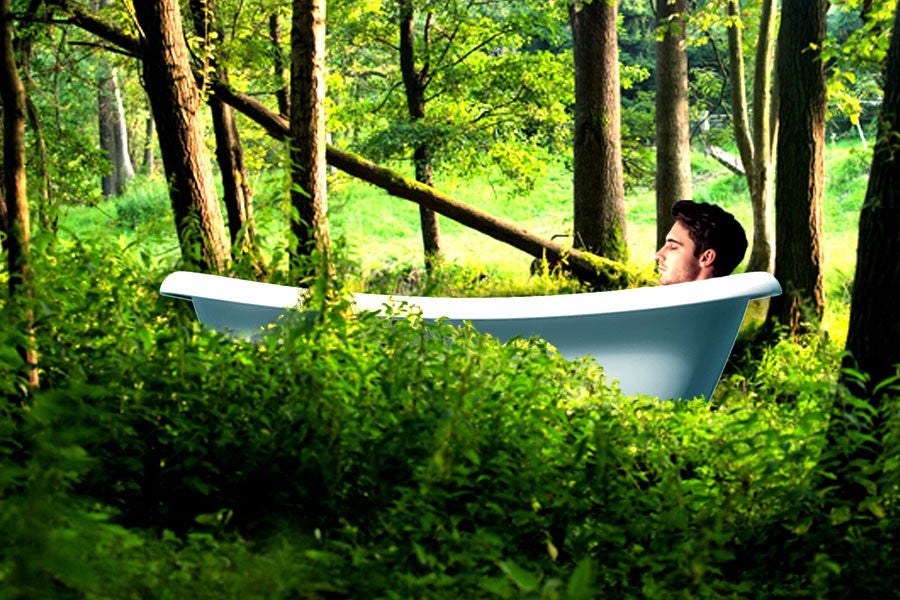It’s a deceptively cold Saturday morning, and I’ve just stepped in peacock shit. A potential culprit is flashing its feathers atop the roof of the Los Angeles Arboretum. I hear another call out to my right, while yet another is perched on a tree directly above me. I look down, and realize I’m surrounded — by both peacocks and their shit.
Ironically enough, I’m here to cleanse myself via a “forest bath.” The term is a translation from Shinrin-yoku, which is Japanese for “taking in the forest atmosphere” or “forest bathing.” According to Shinrin-yoku.org, it was developed in Japan in the 1980s as part of its national health program. “Forest bathing was Japan’s medically sanctioned method of unplugging before there were smartphones to unplug from,” writes Rahawa Haile for The Atlantic. “Since shinrin-yoku’s inception, researchers have spent millions of dollars testing its efficacy; the documented benefits to one’s health thus far include lowered blood pressure, blood glucose levels and stress hormones.”
In fact, one 2016 study found that forest bathing significantly reduced depression, fatigue, anxiety and confusion. (Same for heart rate.) And in 2009, Japanese scientists published a study that found that inhaling tree-derived compounds known as phytoncides reduced stress hormones in men and women and enhanced the activity of white-blood cells, as reported by NPR.
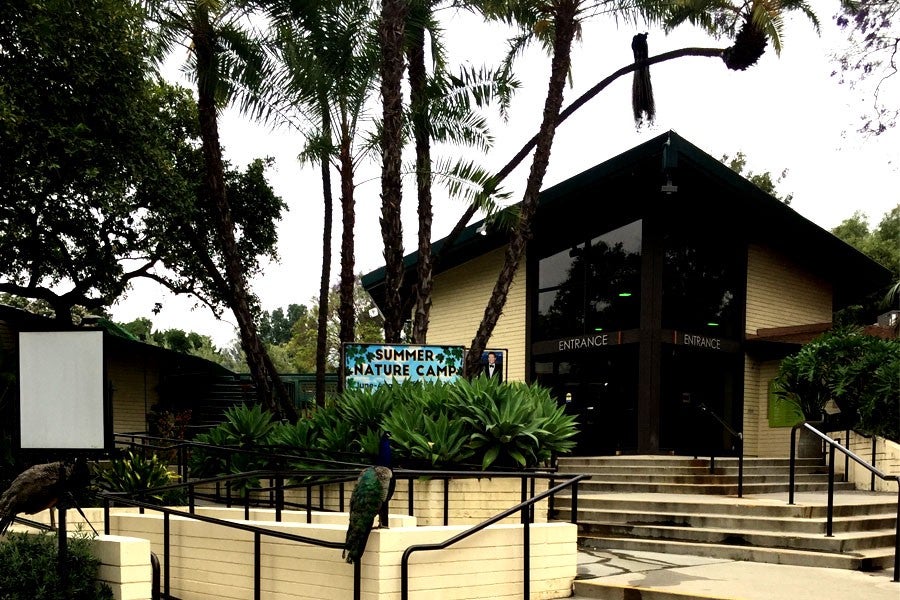
My bath begins with a handshake. The hand on the other end belongs to Chris from Bulgaria. He happens to be the only other guy in the group. Chris, though, admits I’d be on my own if it weren’t for his wife, who dragged him along. “There are always only a few men,” Jackie, our guide, tells us. “I’m not sure why more men don’t sign up.” She adds that a similar disparity exists amongst guides, too. “We only ever have two or three male guides training in a group of 18 or 20,” she explains as we trudge along to the arboretum’s prehistoric garden, which is filled with plants from all over the world, though some are so stunning and unique that they look like they’re from a different planet.
Once there, Jackie tells us to make a circle and invites us to close our eyes. According to Shirin-yoku.org, there isn’t necessarily a right or wrong way to forest bath. “Our approach to Shinrin Yoku Forest Therapy is that taught by the Association of Nature and Forest Therapy Guides and Programs. It combines leisurely walks on gentle paths under forest canopy with guided activities to help you open your senses, hone your intuition and experience the forest as you never have before. We draw upon mindfulness meditation practices, and the techniques of deep nature connection mentoring.”
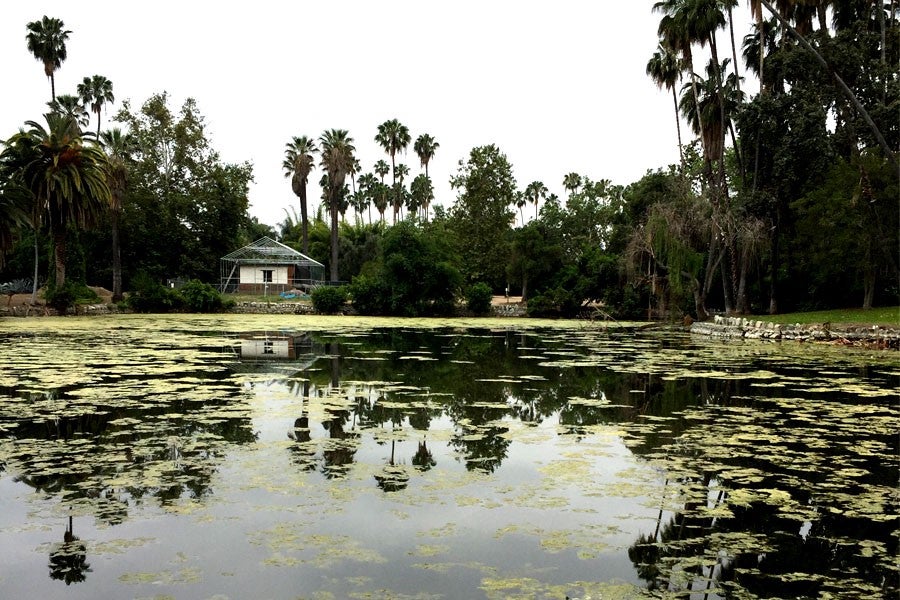
Jackie describes these guided activities as “invitations.” “If you don’t feel comfortable, you don’t have to do it,” she promises. Still, no one declines any of these “invitations.” As such, we close our eyes, and within a few moments, we’re invited to take a deep breath and inhale the ripe forest air. Other invitations include: Imagining our feet as roots in the ground to spread and connect to other roots; putting our hands together and feeling our skin; sticking out our tongues to taste the air; and reaching out with our arms to feel for God knows what.
Following a few more invitations, Jackie asks the group to reopen our eyes as “slowly as the sun rises at dawn,” and focus on the first thing we see. I didn’t eat breakfast and I’m starving, so for me, it’s a plant that has some sort of fruit that looks like tortellini.
Next, Jackie picks up a dry leaf from the ground and tells us that the leaf is nature’s microphone and that only the person holding the leaf is allowed to speak. She then asks everyone to talk about how they feel. As the leaf makes its way around the circle, most everyone talks about how connected they feel to their surroundings. Words like “deep,” “love,” “connectivity,” “inclusion,” “diversity” and “beauty” are repeated so often that they begin to mean nothing. One woman, a yoga instructor, begins to cry as she explains the immense love she experienced while reaching out to the air.
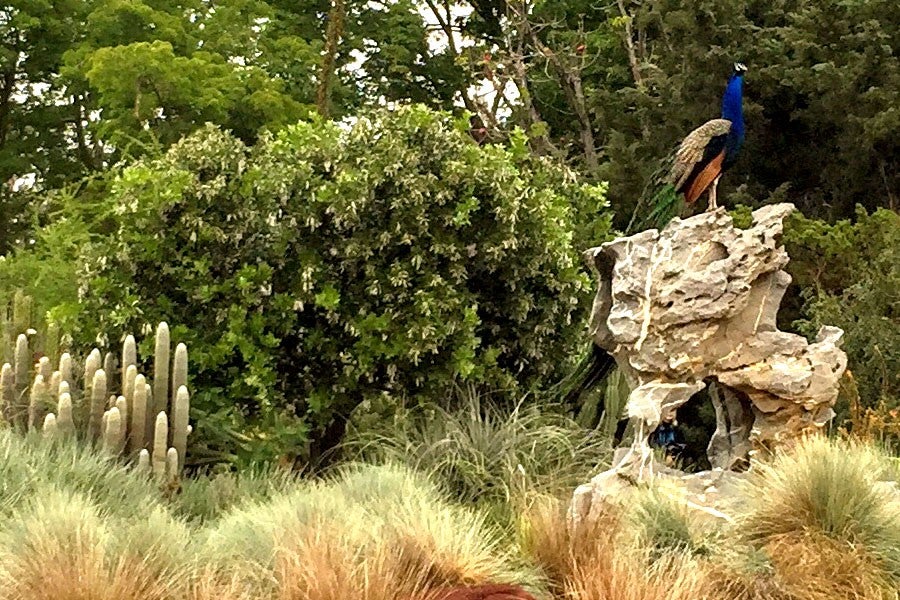
It’s easy to be an asshole about what’s going on here. But I’d be lying if I said that I don’t feel at least a momentary burst of optimism from all of this “deep,” “diverse,” “inclusive” and “beautiful” “love and connectivity.” Chris apparently is into it, too. “I feel like a kid again,” he announces to the group.
Jackie now invites everyone to go off and explore their surroundings individually. She even invites us to speak to our surroundings if we feel comfortable. “Try talking to a tree, a rock or the dirt. I’m going to prepare our picnic, and I’ll call everyone back with a peacock noise,” she says as she puts her hands over her mouth and imitates a peacock’s call.
I walk toward a tree and say, “What’s up?” to a squirrel who’s furiously eating an acorn before refocusing my attention on my fellow forest bathers. One woman is nestled in leaves and dirt with her arms above her head. Another is sitting Indian-style on the edge of the lake, where she’s involved in some sort of placid meditation. Three older Filipino women are on a log and punching their legs to keep them from going numb because it’s cold and wet, and they’ve all admitted to having arthritis. The yoga instructor is gently caressing a tree near a lake at the center of the arboretum. I can see her lips moving, but before I can get close enough to hear what she might be whispering to the tree, I hear the peacock sound calling us back to the picnic area.
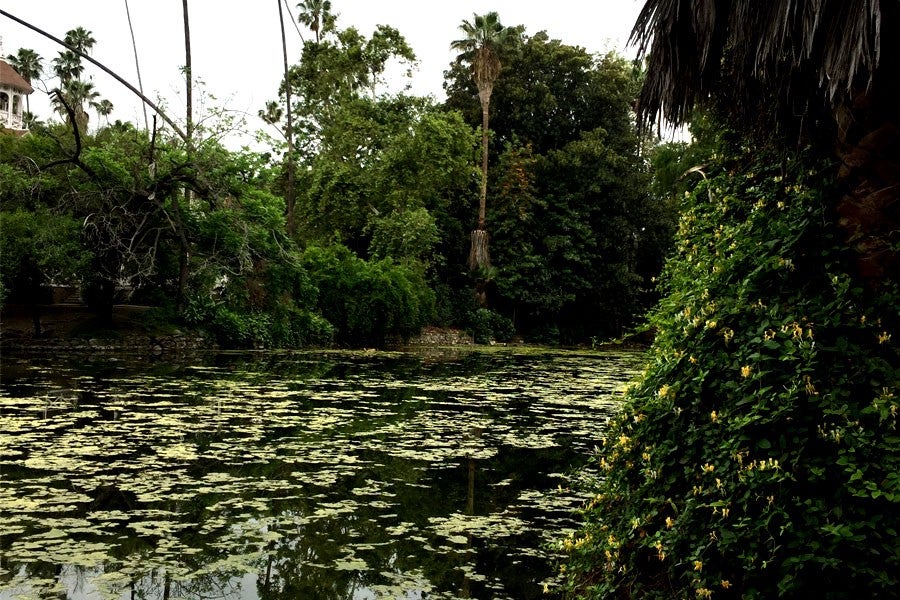
For the last time, Jackie invites everyone to talk about their experience before explaining that the extra cup of tea she poured is “for the land.” Because we’ve already gone over the allotted two hours, she tells everyone to articulate their experience in just a few words. Everyone but me ignores her request, and instead, they rhapsodize at length about “beauty,” “nature,” “connectivity” and the like. All the while, we pass around a small cup of pistachios, mango and melon that Jackie has kindly cut for us. She also divulges a bit about herself and her own struggles at home, where she cares for her son with autism.
It’s too late, but it’s then that it dawns on me that a forest bath isn’t necessarily about cleansing yourself with nature — though that’s nice enough, I guess. It’s as much about bonding with other human beings without our proverbial smartphones and all the other bullshit that overruns most of daily life. I, of course, didn’t need a tree, dry leaf or squirrel to tell me that. But it’s a nice reminder nonetheless.
